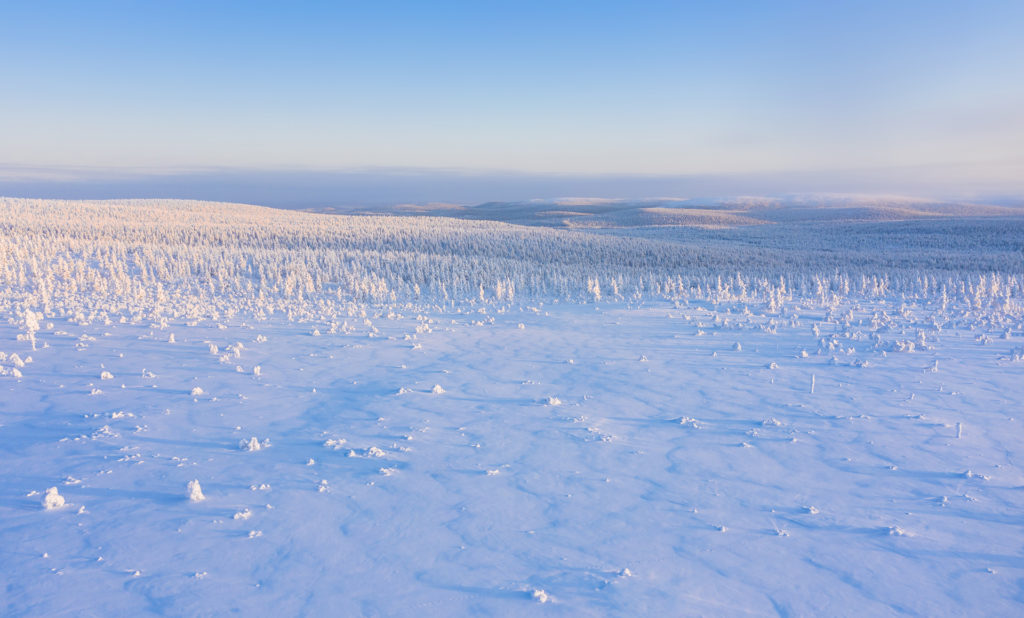What Bait Works Best for Ice Fishing?
Ice fishing in the enchanting landscapes of Lapland is a unique experience that combines the thrill of fishing with the serene beauty of a winter wonderland. For those new to this activity, understanding the best bait to use can make a significant difference in your success. In this blog post, we will delve into the various types of bait that work best for ice fishing, providing you with the knowledge you need to make the most of your ice fishing adventure.
Understanding Ice Fishing Bait
Ice fishing bait can be broadly categorized into live bait and artificial lures. Each type has its own advantages and is suitable for different fish species and conditions. Live bait tends to be more effective because it mimics the natural prey of the fish, while artificial lures are designed to attract fish through their movement and appearance.
In the icy waters of Lapland, the choice of bait can be influenced by several factors, including the type of fish you are targeting, the water temperature, and the time of year. Understanding these factors will help you select the most effective ice fishing bait for your needs.
Top Live Baits for Ice Fishing
Live bait is often the go-to choice for many ice anglers due to its natural appeal to fish. Here are some of the most effective live baits for ice fishing in Lapland:
- Maggots and Waxworms: These small, wriggling larvae are highly effective for catching perch, roach, and whitefish. They can be used alone or in combination with other baits.
- Leeches: Leeches are particularly effective for catching trout, grayling, and arctic char. Their movement in the water is irresistible to these fish species.
- Small Minnows: Minnows are a versatile bait that can attract a variety of fish, including pike and perch. They are especially useful when targeting larger fish.
Using live bait requires some care to keep it fresh and lively. Make sure to store your bait in a cool, insulated container to prevent it from freezing.
Best Artificial Lures for Ice Fishing
Artificial lures are a popular choice for ice fishing because they are durable and can be used repeatedly. Here are some of the best artificial lures for ice fishing in Lapland:
- Mormyshka Jigs: These small, weighted hooks are excellent for catching whitefish and perch. They can be tipped with a small piece of live bait to increase their effectiveness.
- Vertical Jigging Lures: These lures are designed to mimic the movement of small fish and are effective for catching arctic char and pike. They can be used with or without additional bait.
- Spoons: Spoons are versatile lures that can attract a variety of fish species. Their reflective surface and erratic movement make them particularly effective in clear water.
When using artificial lures, it’s important to vary your jigging technique to find what works best for the fish you are targeting. Experiment with different speeds and movements to see what attracts the most bites.
Tips for Choosing the Right Ice Fishing Bait
Choosing the right bait for ice fishing involves considering several factors. Here are some tips to help you make the best choice:
- Know Your Target Species: Different fish species have different preferences when it comes to bait. Research the fish species you are targeting and choose bait that is known to be effective for them.
- Consider Water Clarity: In clear water, brightly coloured lures and bait can be more effective, while in murky water, natural colours may work better.
- Match the Hatch: Try to use bait that mimics the natural prey of the fish in the area. This can increase your chances of attracting bites.
- Be Prepared to Experiment: Fish can be unpredictable, so it’s important to be flexible and willing to try different baits and techniques until you find what works.
Impact of Water Temperature on Bait Selection
Water temperature plays a crucial role in determining the activity level of fish and their response to different baits. In colder water, fish metabolism slows down, and they may be less active and more selective about their food.
During the early and late ice fishing seasons, when the water is slightly warmer, fish tend to be more active and may respond well to a variety of baits. In the middle of winter, when the water is at its coldest, fish may be less responsive, and using smaller, more subtle baits can be more effective.
It’s also important to note that some fish species, such as burbot, are more active in colder water and may respond well to larger, more aggressive baits. Understanding the behaviour of the fish you are targeting in relation to water temperature can help you choose the most effective bait.
Conclusion
Ice fishing in Lapland offers a unique and rewarding experience for anglers of all skill levels. By understanding the different types of bait and how to use them effectively, you can increase your chances of a successful fishing trip. Whether you prefer live bait or artificial lures, the key is to be prepared, flexible, and willing to experiment.
At VALO Finland, we aim to provide our guests with an unforgettable experience in the heart of Finnish Lapland. Our luxury villas offer the perfect base for your ice fishing adventure, and we can help you organise fully immersive holidays with expert guides and all the equipment you need. Discover the magic of Lapland with us and create memories that will last a lifetime.
